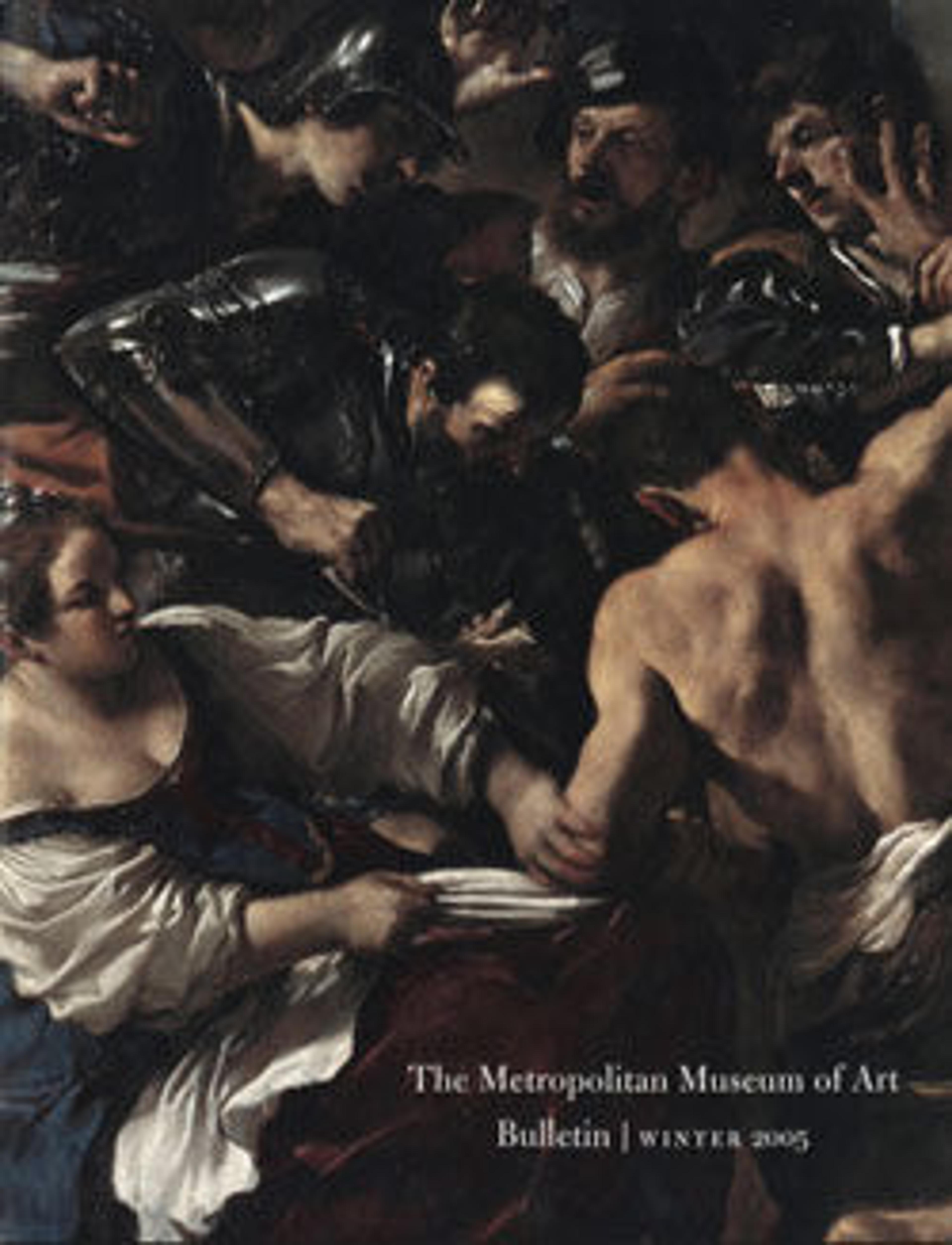Two Children Teasing a Cat
With expressions of cruel delight, two children torment a cat with the pincers of a crayfish. The painting may illustrate an Italian proverb similar to “let sleeping dogs lie.” Painted with directness and spontaneity, this painting is among the earliest Italian genre paintings. It belonged to Cardinal Tommaso Ruffo (1663–1753), who also owned Velázquez’s Juan de Pareja, on view in a nearby gallery.
Artwork Details
- Title: Two Children Teasing a Cat
- Artist: Annibale Carracci (Italian, Bologna 1560–1609 Rome)
- Medium: Oil on canvas
- Dimensions: 26 x 35 in. (66 x 88.9 cm)
- Classification: Paintings
- Credit Line: Purchase, Gwynne Andrews Fund, and Bequests of Collis P. Huntington and Ogden Mills, by exchange, 1994
- Object Number: 1994.142
- Curatorial Department: European Paintings
More Artwork
Research Resources
The Met provides unparalleled resources for research and welcomes an international community of students and scholars. The Met's Open Access API is where creators and researchers can connect to the The Met collection. Open Access data and public domain images are available for unrestricted commercial and noncommercial use without permission or fee.
To request images under copyright and other restrictions, please use this Image Request form.
Feedback
We continue to research and examine historical and cultural context for objects in The Met collection. If you have comments or questions about this object record, please contact us using the form below. The Museum looks forward to receiving your comments.
